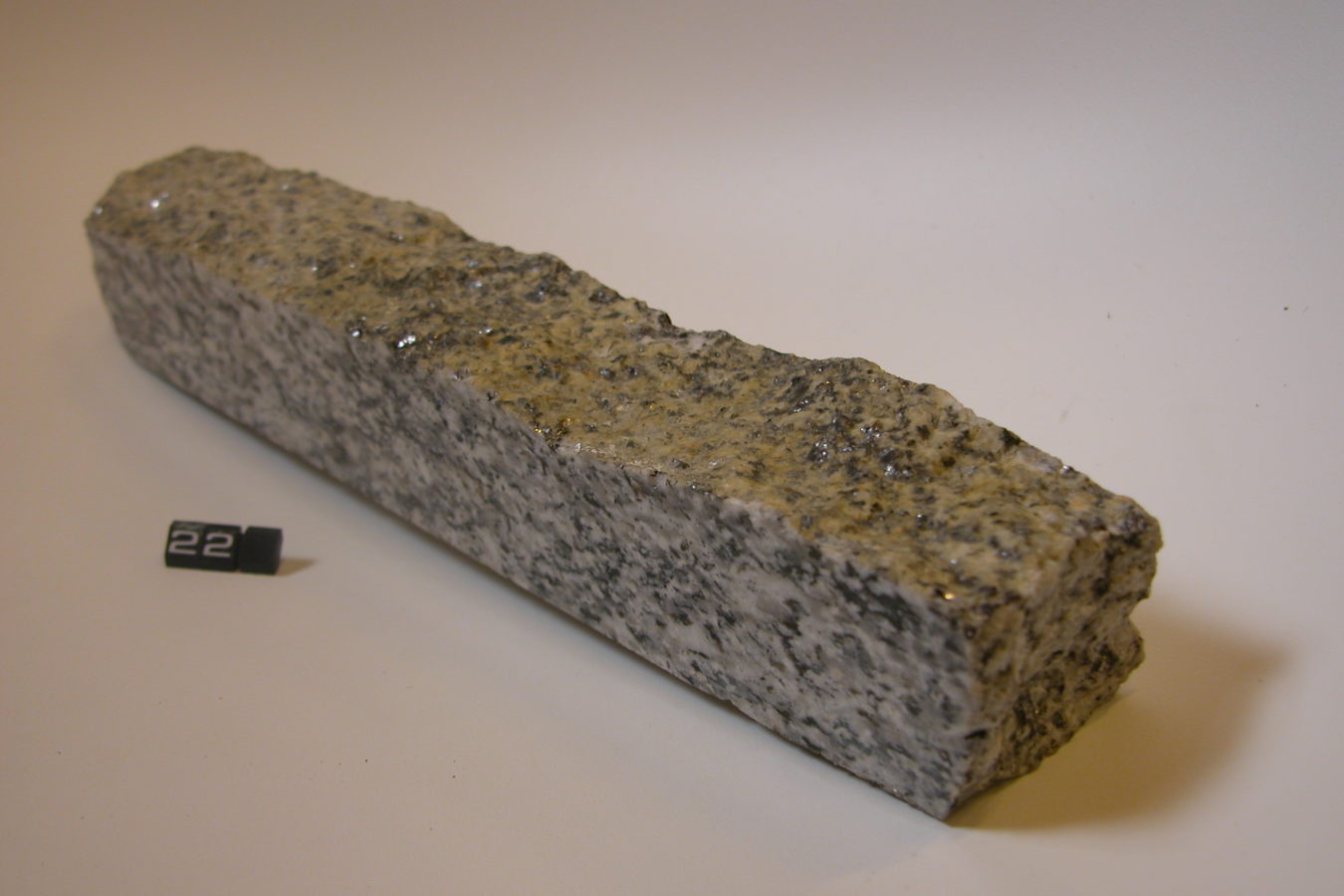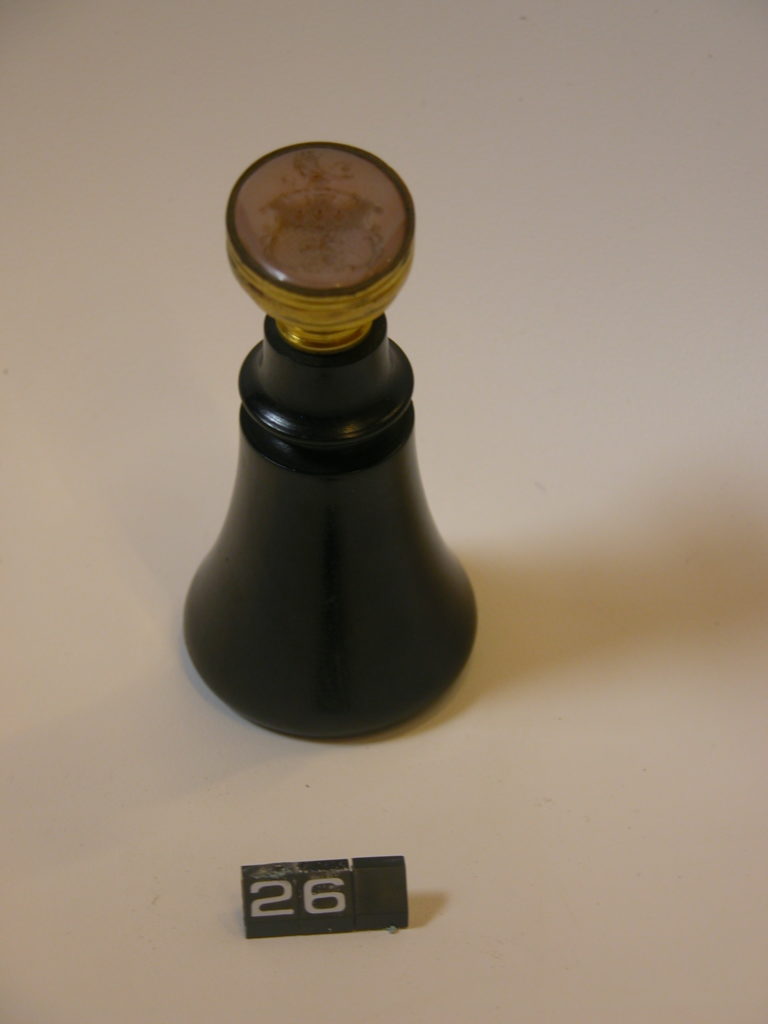
Agate seals and beads
Agate is a Silicate from the Quartz group. It is translucent, with bands of colour created by traces of Iron and Manganese. It is prized for its decorative properties. Here a pinkish-red variety has been made into stamps with a personal seal and a greenish clouded variety, smoke agate, has been made into beads.
Reference: (nn), 2000.255.11.1, 2000.255.2
Can be found: Materials and Masters
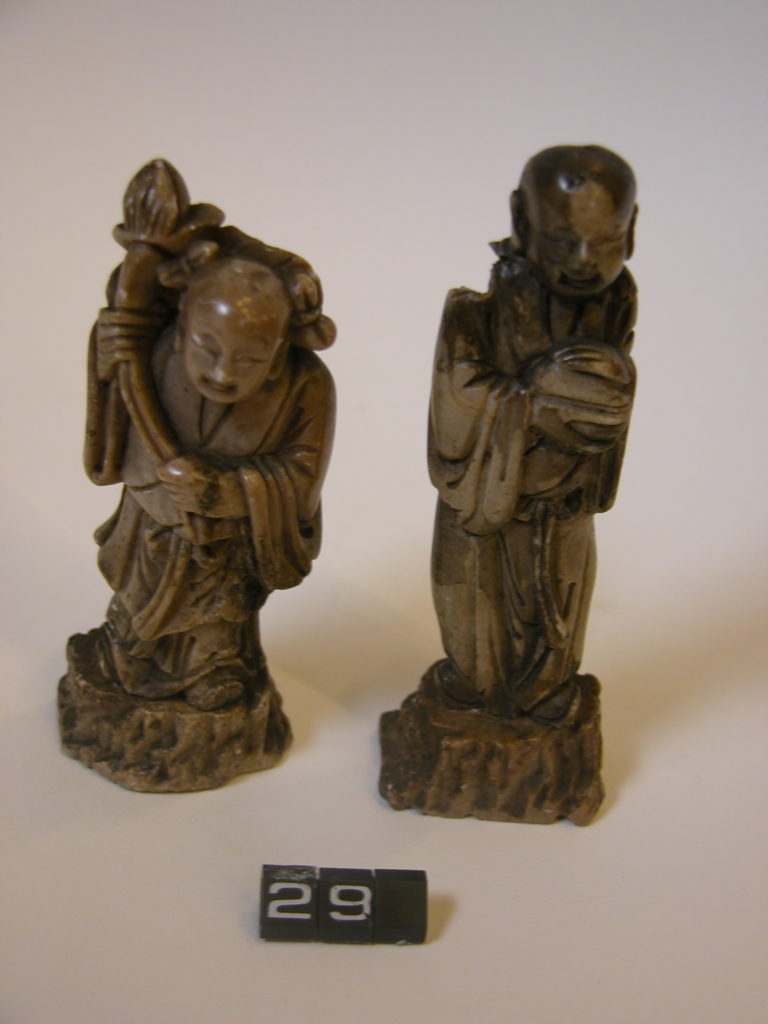
Carved stone figures
Chinese and Japanese craftsmen were renowned for making small sculptures from hard, translucent rocks.
Reference: 1753, 1754
Can be found: Materials and Masters
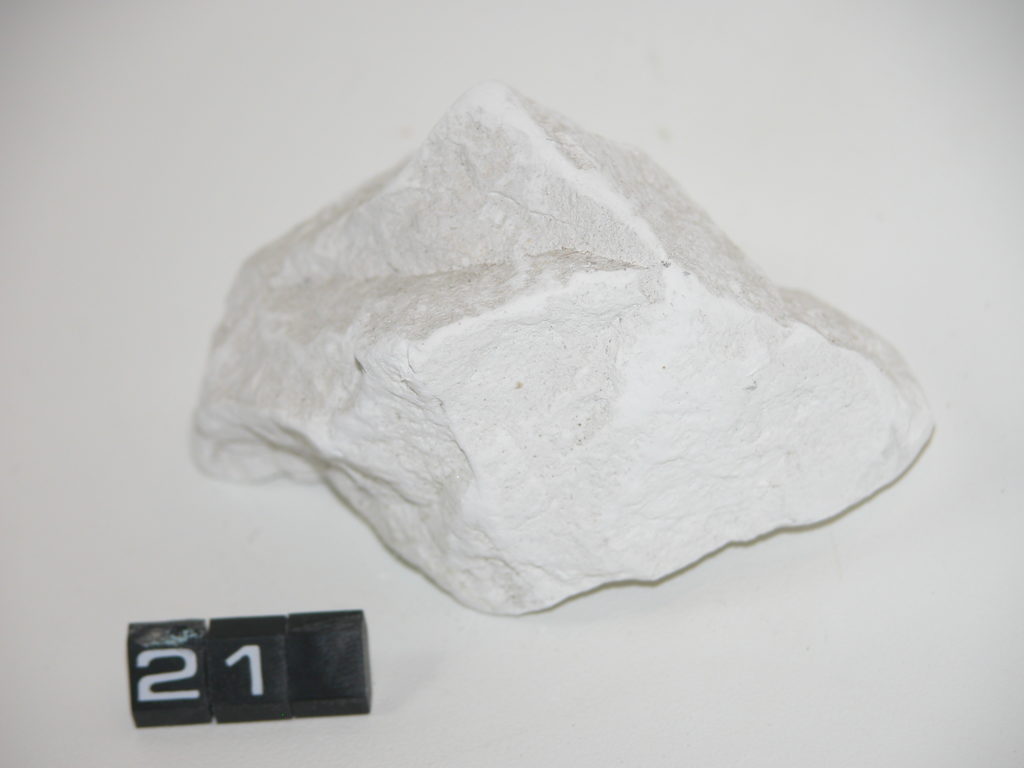
Chalk and flint
A soft, crumbly sedimentary rock made from tiny shells of microscopic organisms deposited in the sea. Nodules of flint are found in chalk.
Reference: CANCM:nn
Can be found: Materials and Masters
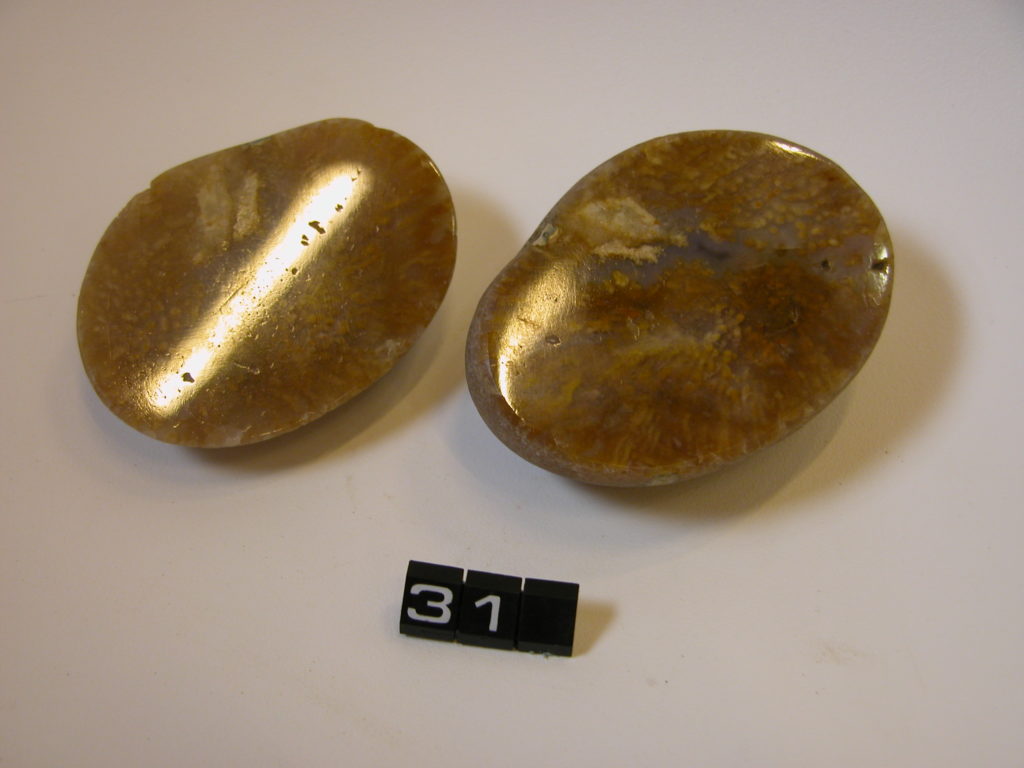
Cut and polished flint pebble
Shows a fossilised sponge inside – a sponge once a living organism that has had its cells replaced by Silica in formation of a flint nodule, later worn to a pebble.
Presented by Colonel C J Cox, 1889
Reference: 2008.359
Can be found: Materials and Masters
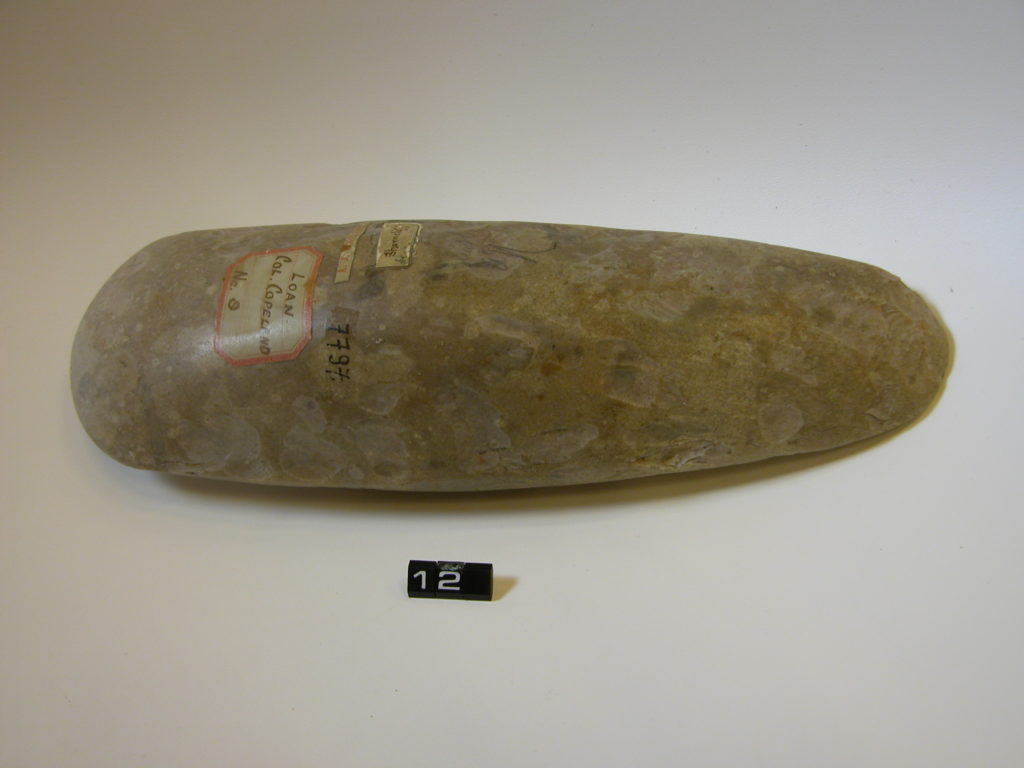
Flint axe
A polished example from Shorncliffe, Folkestone. See 1.
Reference: 7797
Can be found: Materials and Masters
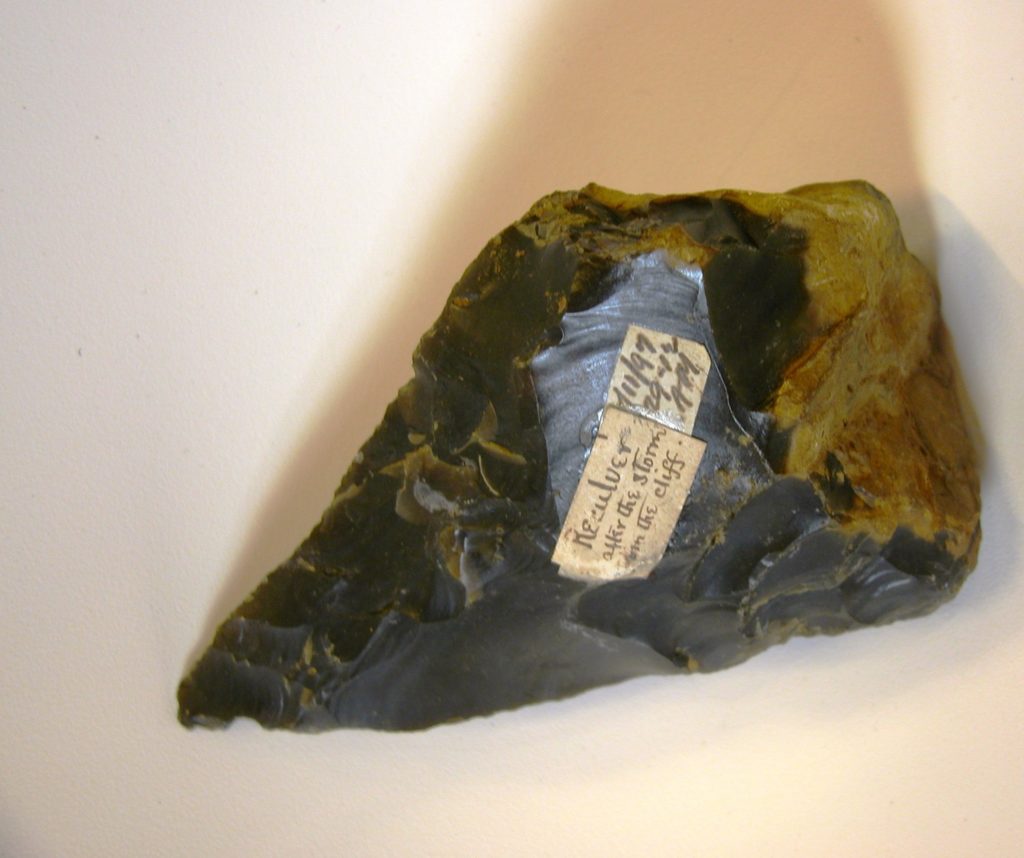
Flint axes
Flint is a Silicate mineral. It is very hard but when chipped has glassy, sharp edges. Hand-axes, hammer stones and blades like those on display in this case were made by Prehistoric hunters, who lived in Britain from about 600,000 to 5,000 years ago. Selecting the best flint and knapping it (hitting one rock against another to chip bits off), to make a range of tools for specific jobs, required very great skill. This ovate axe and pointed axe were both found at Reculver, near Herne Bay in the Canterbury district.
Reference: 9193, 259
Can be found: Materials and Masters
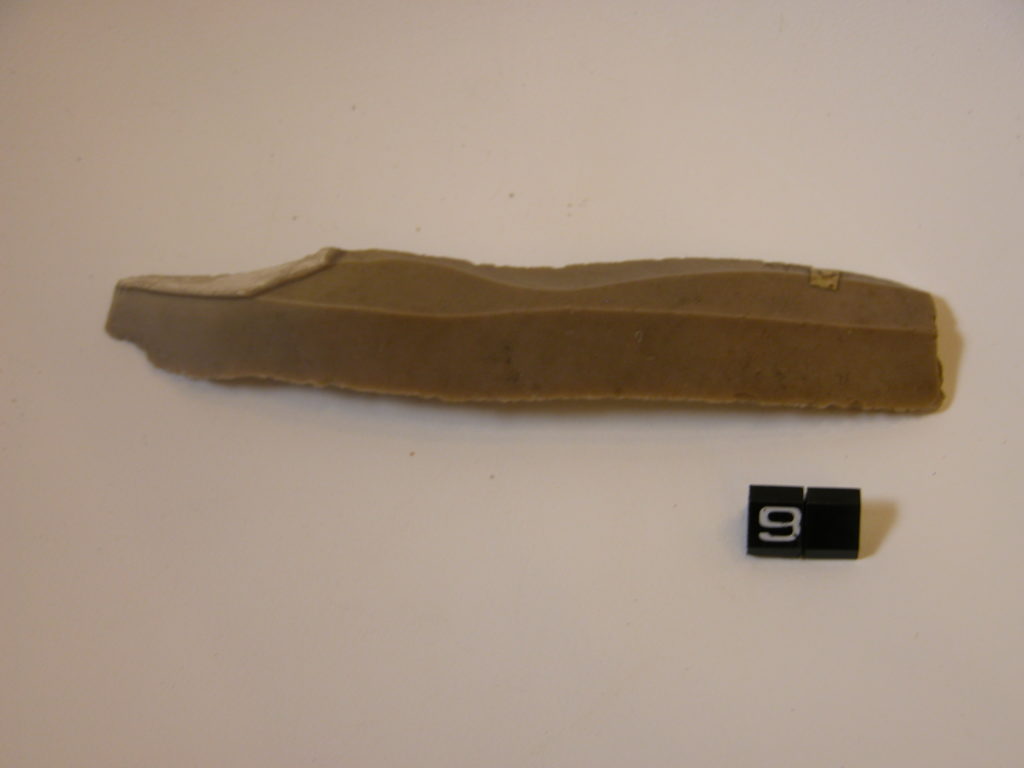
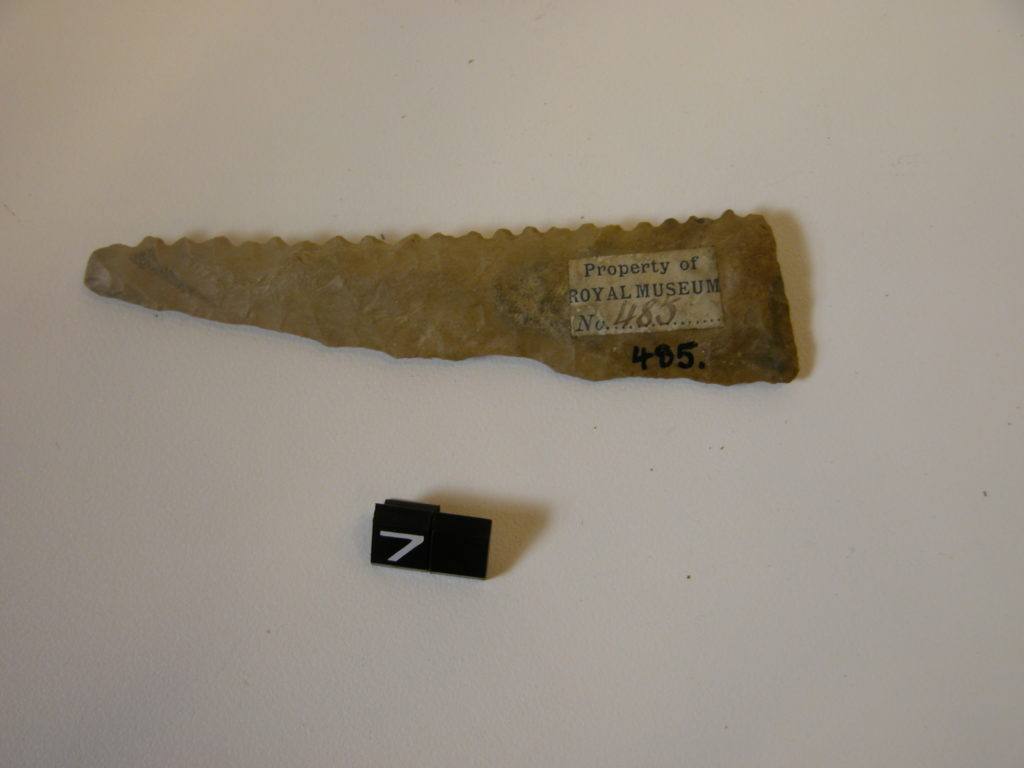
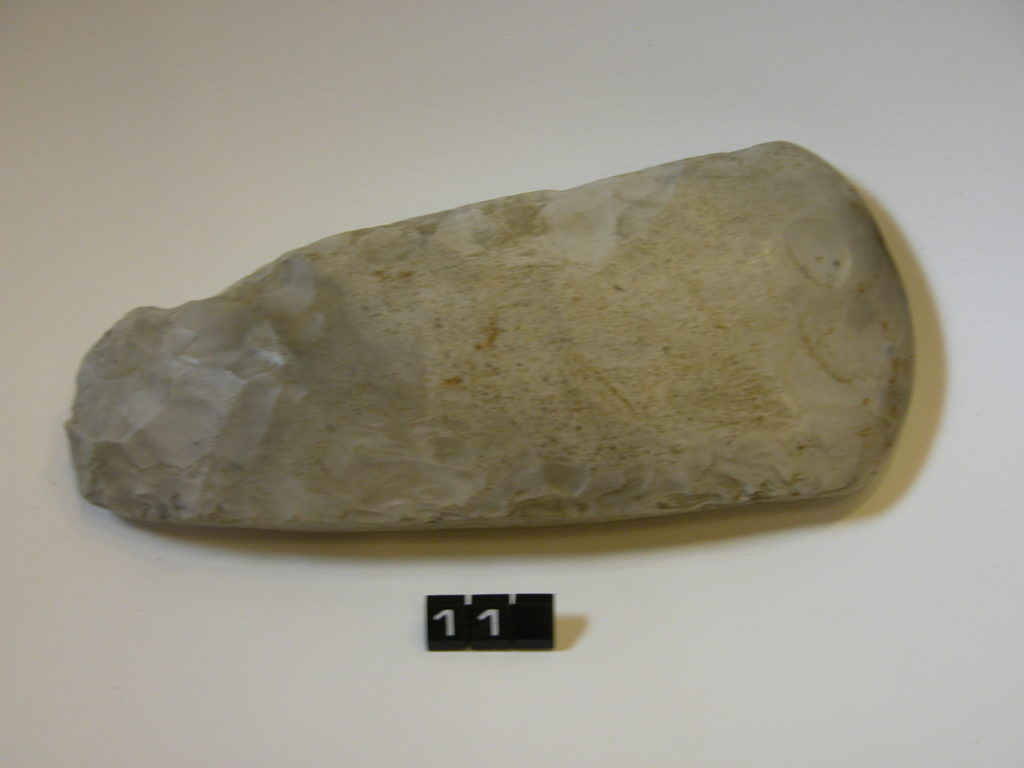
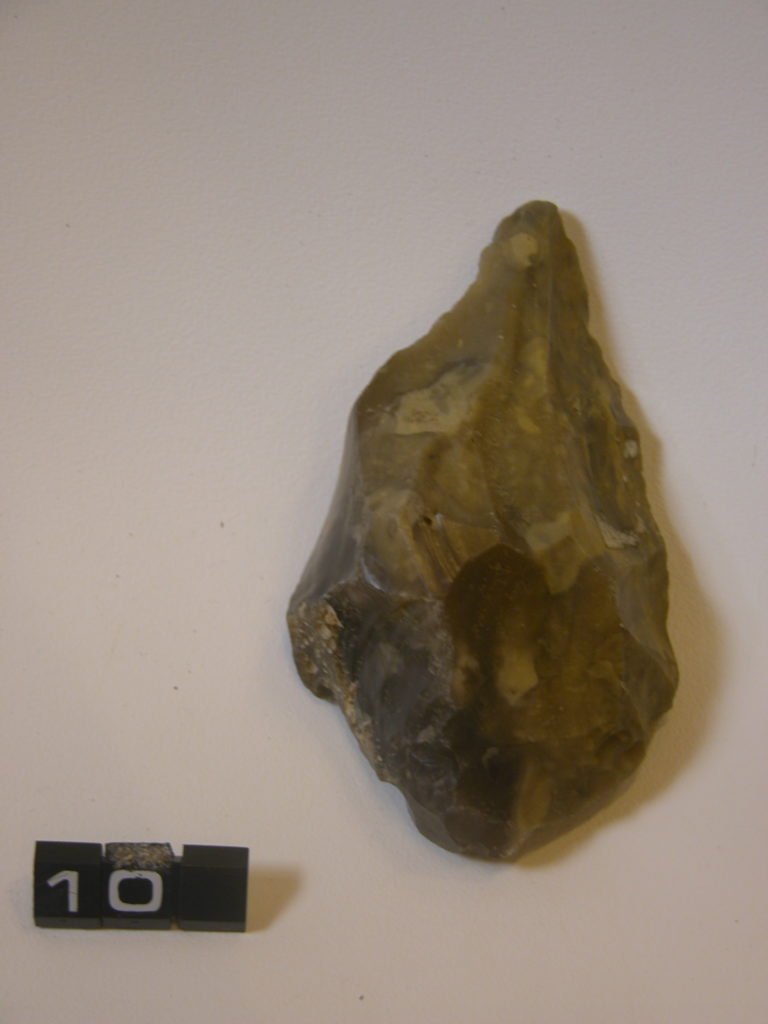
Flint tools
See 1. Quartz crystals can be seen in the flint.
Reference: 428, 429
Can be found: Materials and Masters
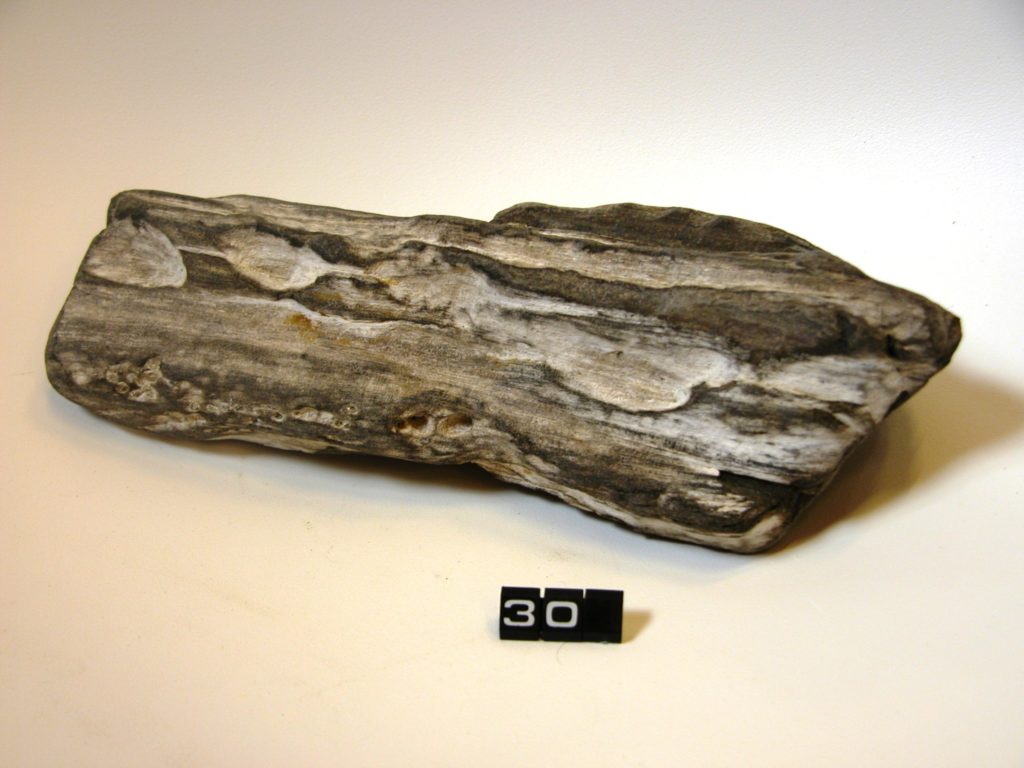
Fossilised wood
Part of a tree that has had its cells replaced by minerals over millions of years and has become a stone.
Reference: CANCM:nn
Can be found: Materials and Masters
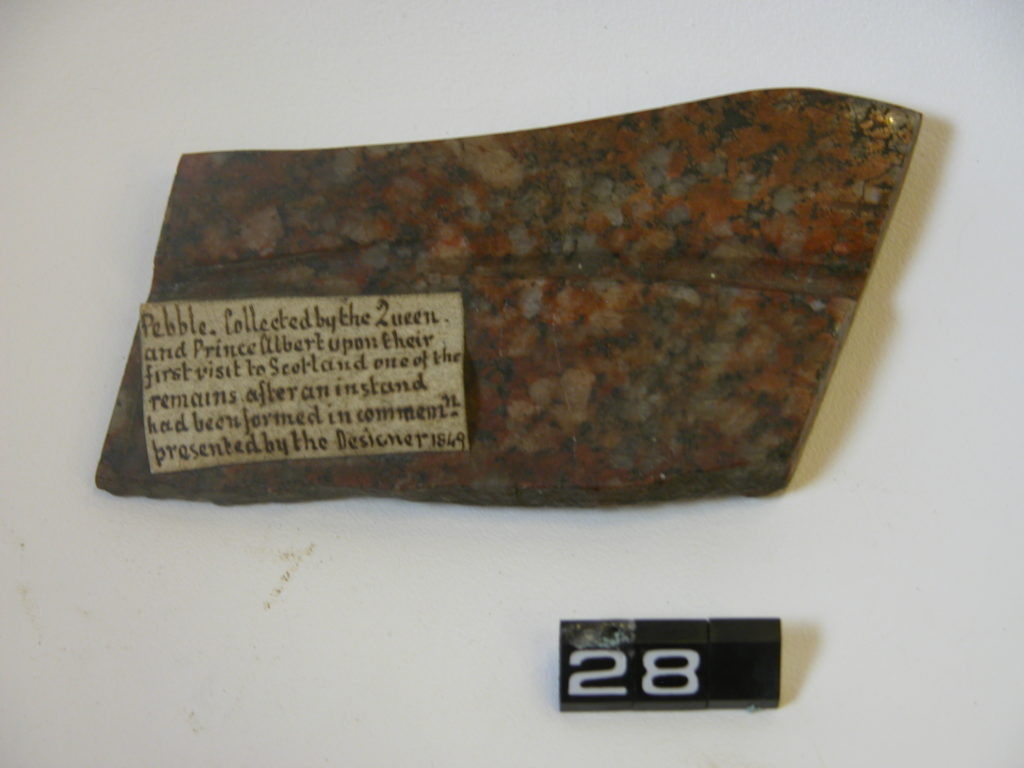
Granite
Remnant of a ‘pebble’ collected by Queen Victoria and Prince Albert on a visit to Scotland in 1849, which was made into an inkstand to commemorate their visit.
Reference: CANCM:nn
Can be found: Materials and Masters
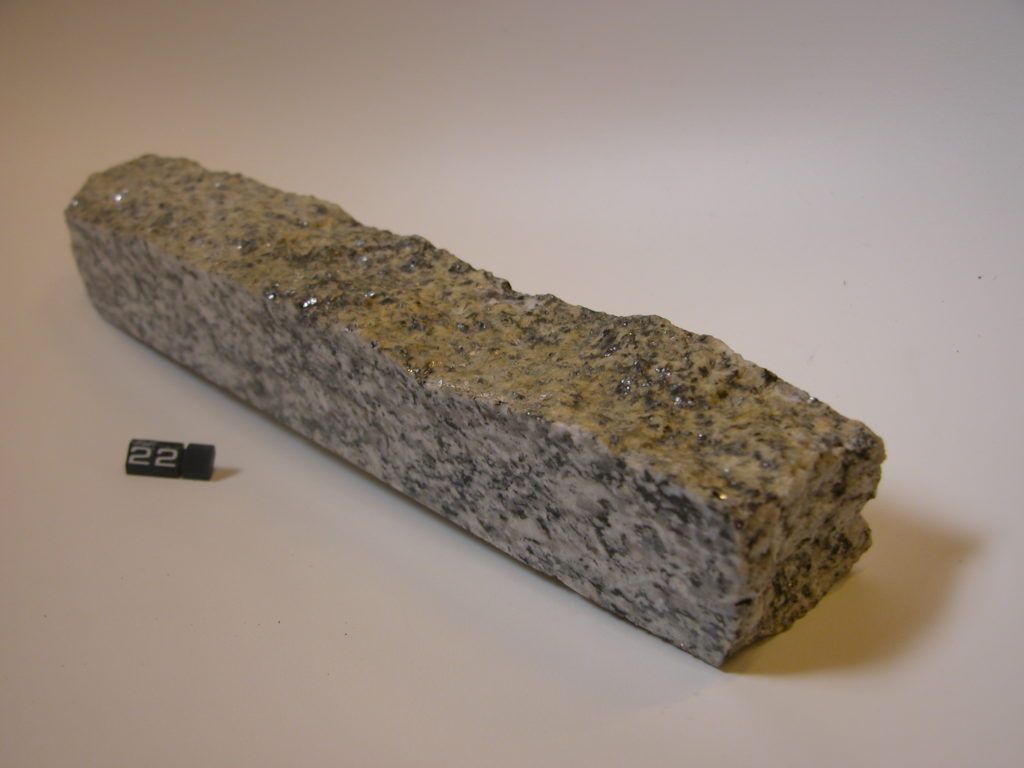
Granite
Granite is a very hard igneous stone containing minerals in large crystals, which formed as the molten rock cooled. It occurs in numerous varieties with different compositions of minerals.
Reference: CANCM:nn
Can be found: Materials and Masters
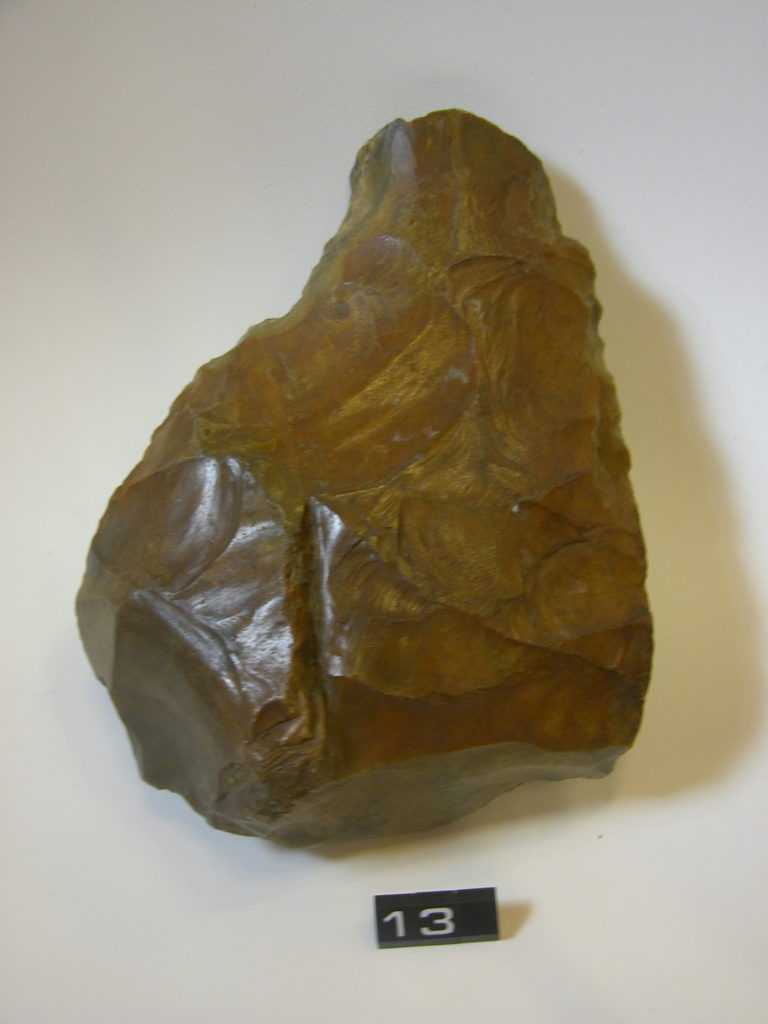
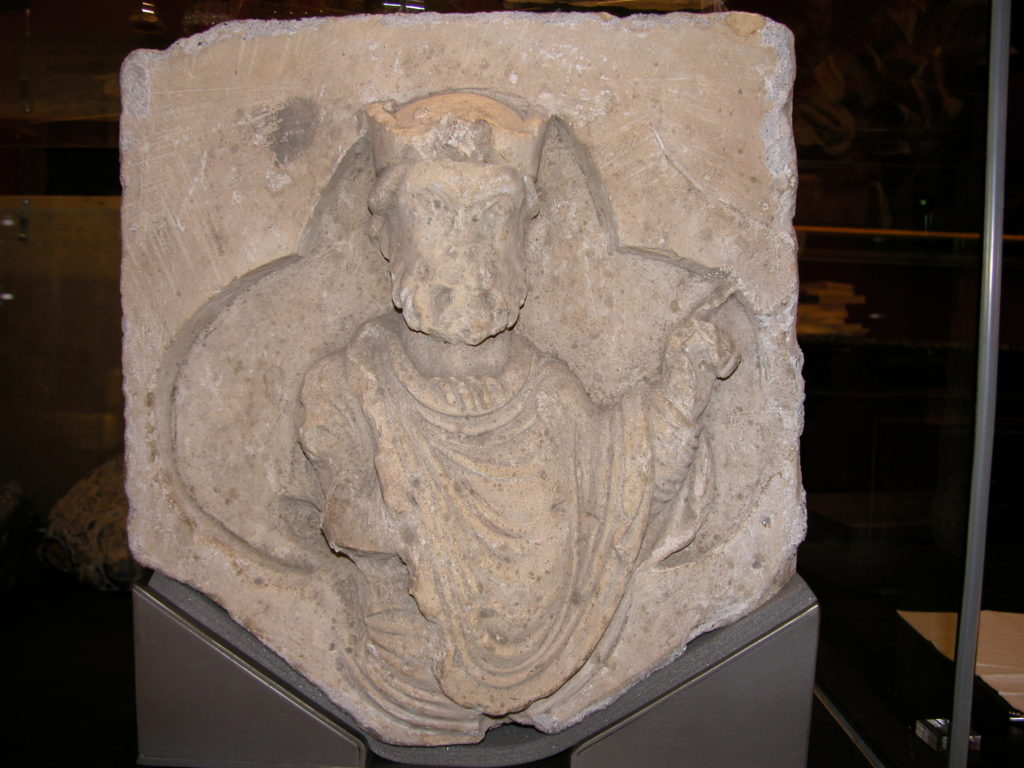
Head of a prophet
Made about 1190 by an unknown Medieval sculptor from Caen stone, a fine creamy-coloured sandstone from France that was imported for building Canterbury Cathedral and Canterbury Castle.
From the Faussett collection
Reference: 6853
Can be found: Materials and Masters
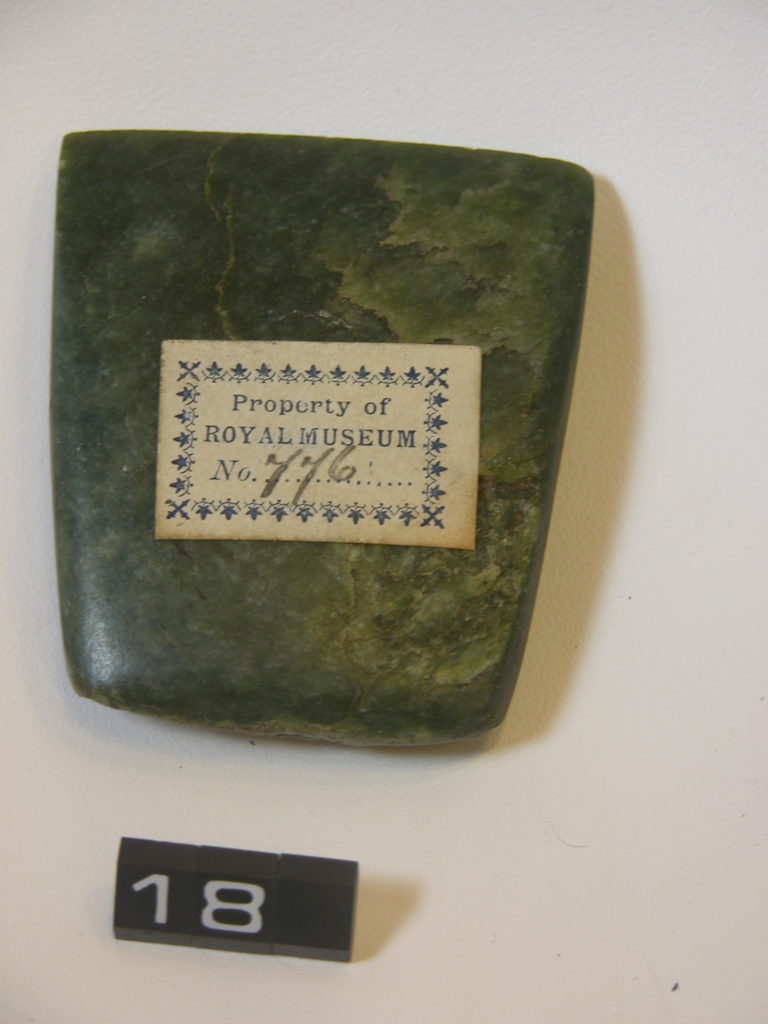
Jade tools and pendant
Jade is a Silicate mineral. It is very hard and durable, and has been used since ancient times for tools as well as decoration. Some of our examples of tools come from New Zealand, where jade can be found.
Reference: 771, 776, 2045
Can be found: Materials and Masters
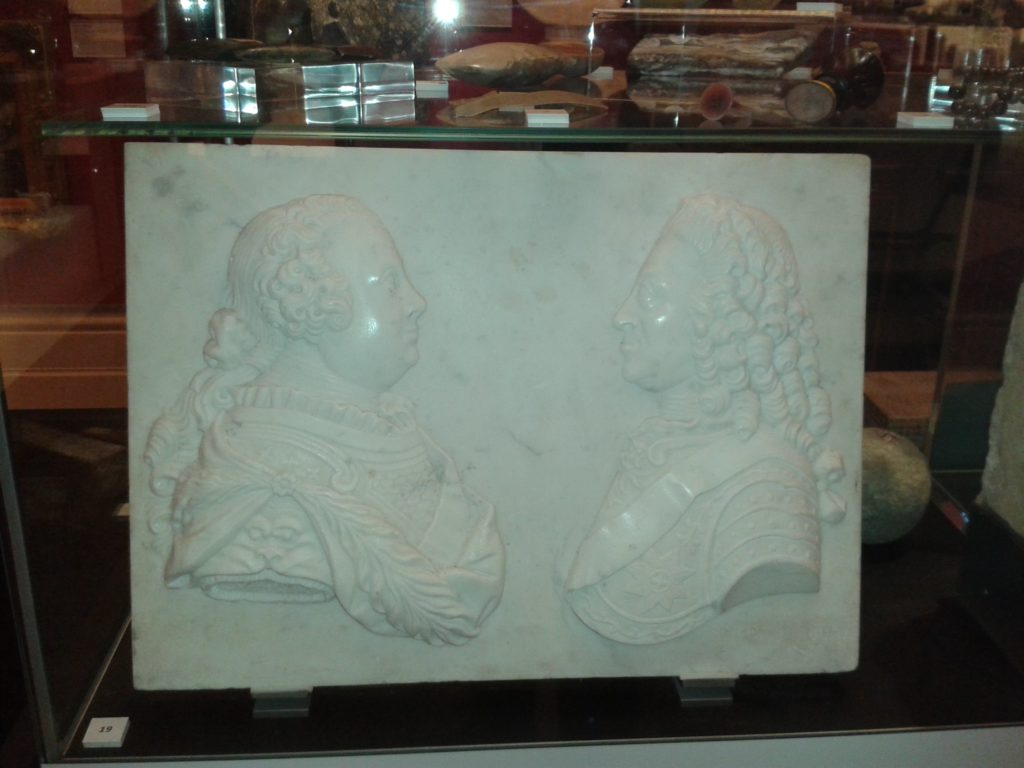
King George II and his son, the Duke of Cumberland
Sculptured in marble by John Frend, a Canterbury sculptor. Marble is a metamorphic rock that can take a fine polish.
Purchased with grant-aid from the MGC/V&A Purchase Grant Fund, the Beecroft Bequest and the Friends of Canterbury Museums, 1996
Reference: 1996.105
Can be found: Materials and Masters
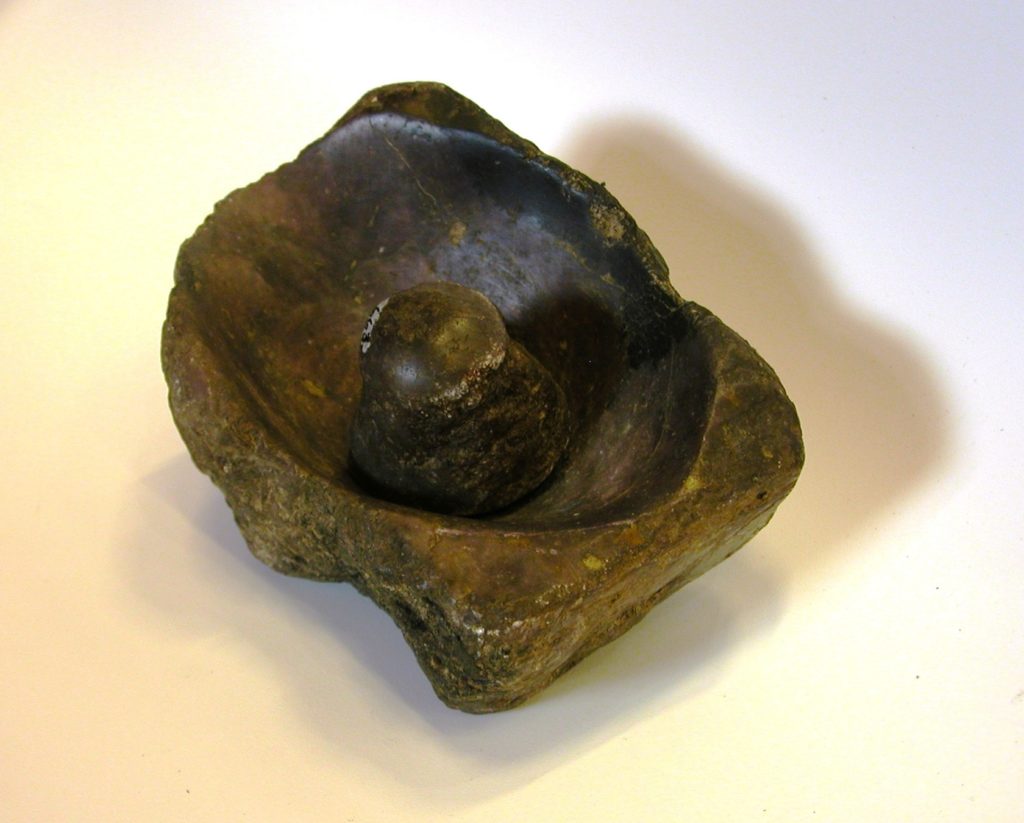
Pestle and mortar
Made of a stone that is hardwearing to continual grinding.
Reference: 663
Can be found: Materials and Masters
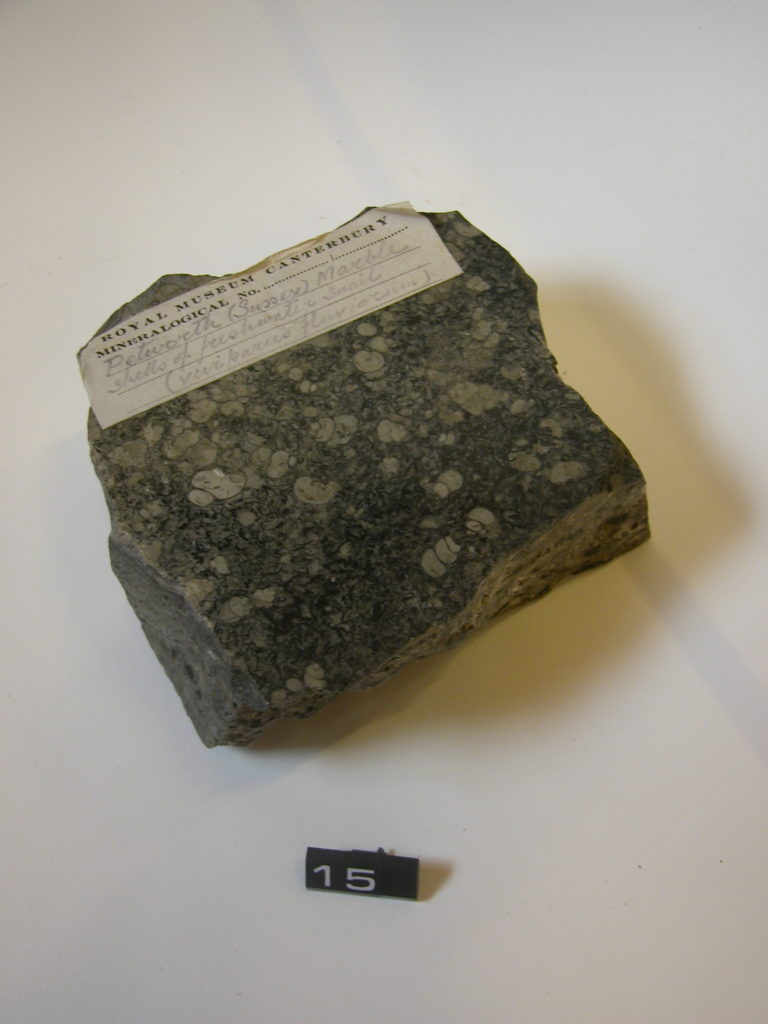
Petworth marble
This stone includes the fossil shells of freshwater snails. It was popular for decorative use in buildings and was called marble, although not really marble in the geological sense.
Reference: A1142
Can be found: Materials and Masters
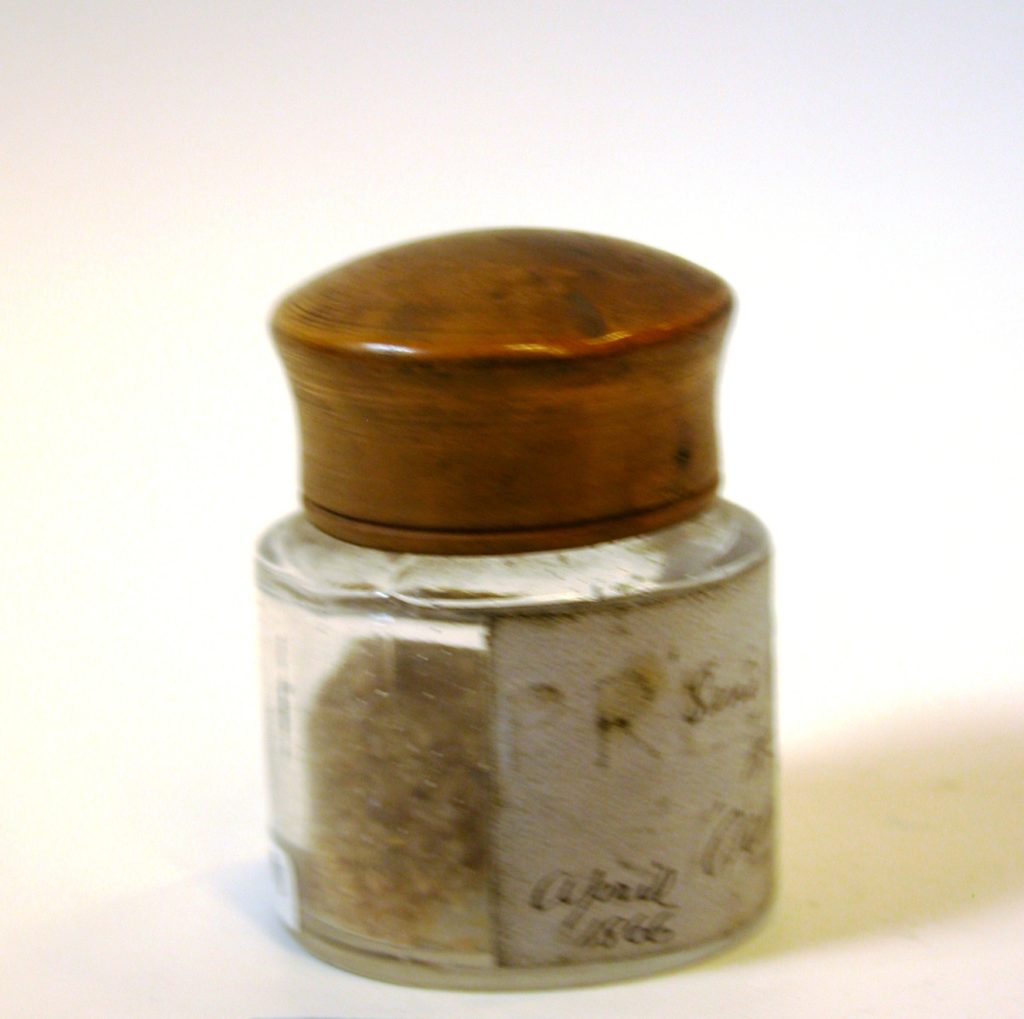
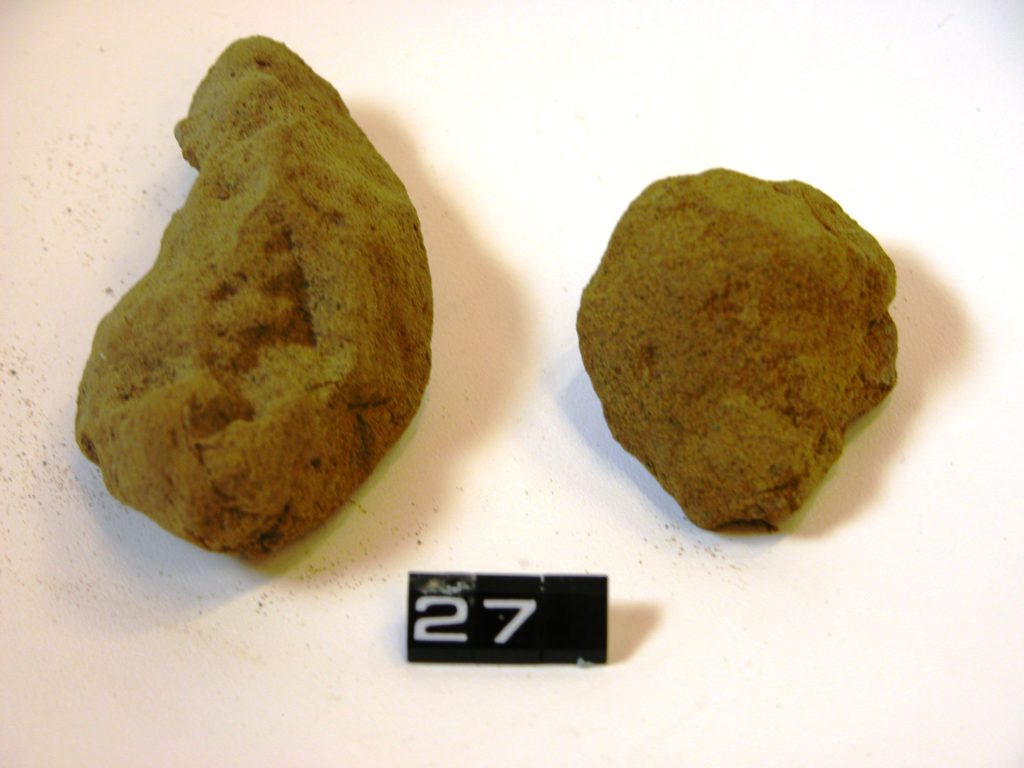
Sandstone
This is a rock formed from deposited grains of sand. The grains are weakly cemented so the rock breaks easily, making it ideal for quarrying. Local sandstones from the Tertiary age were extensively quarried around Canterbury in the past.
Reference: CANCM:nn
Can be found: Materials and Masters
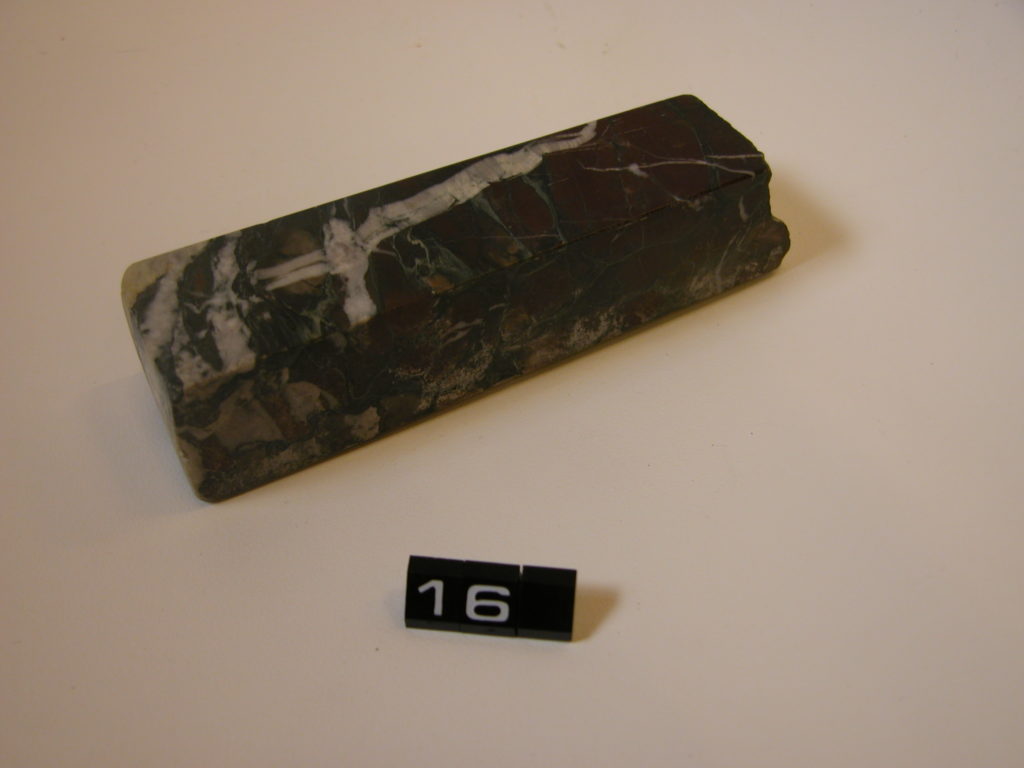
Sicilian stone
A stone with mineral veins, cut into an obelisk shape.
Reference: CANCM:nn
Can be found: Materials and Masters
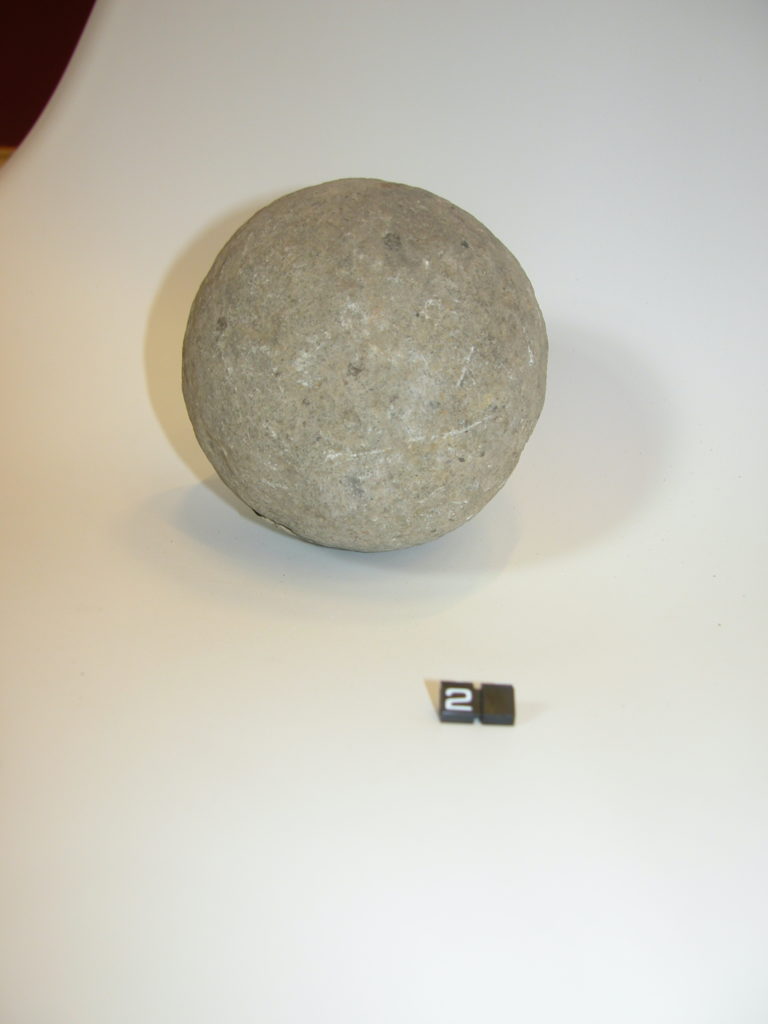
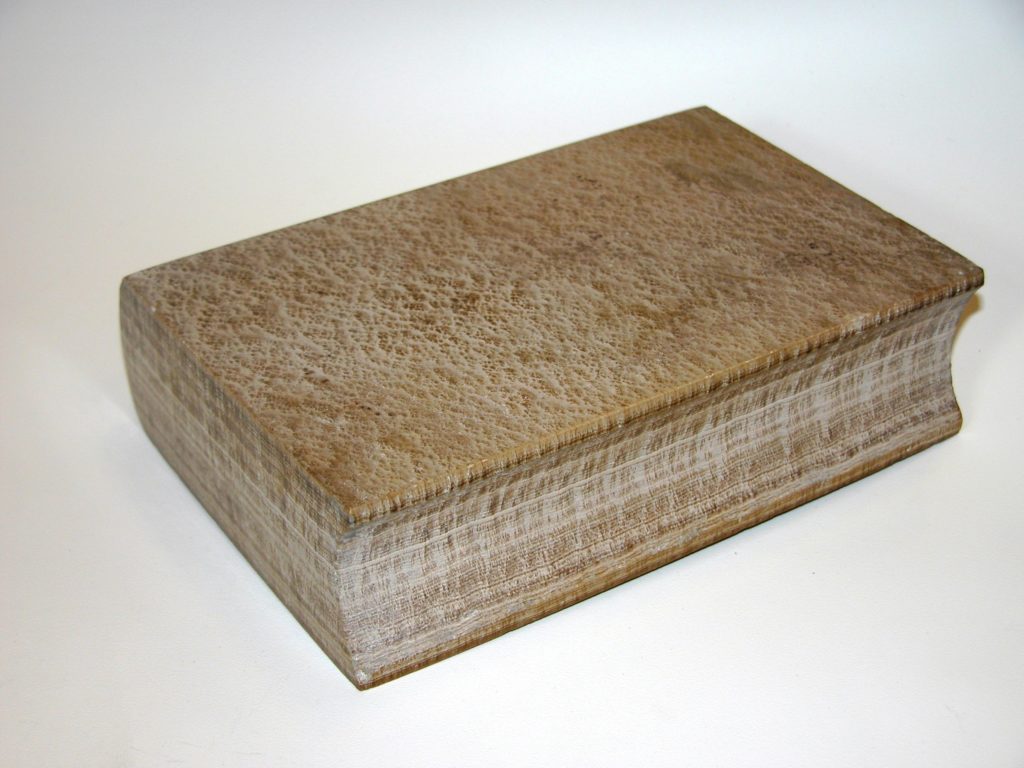
Stone book
Made from a stalagmite – a formation of Calcite minerals deposited by water seeping through rocks and dripping in caves to make stalactites, which hang down, and stalagmites, which build up from cave floors.
Reference: 2009.547
Can be found: Materials and Masters

